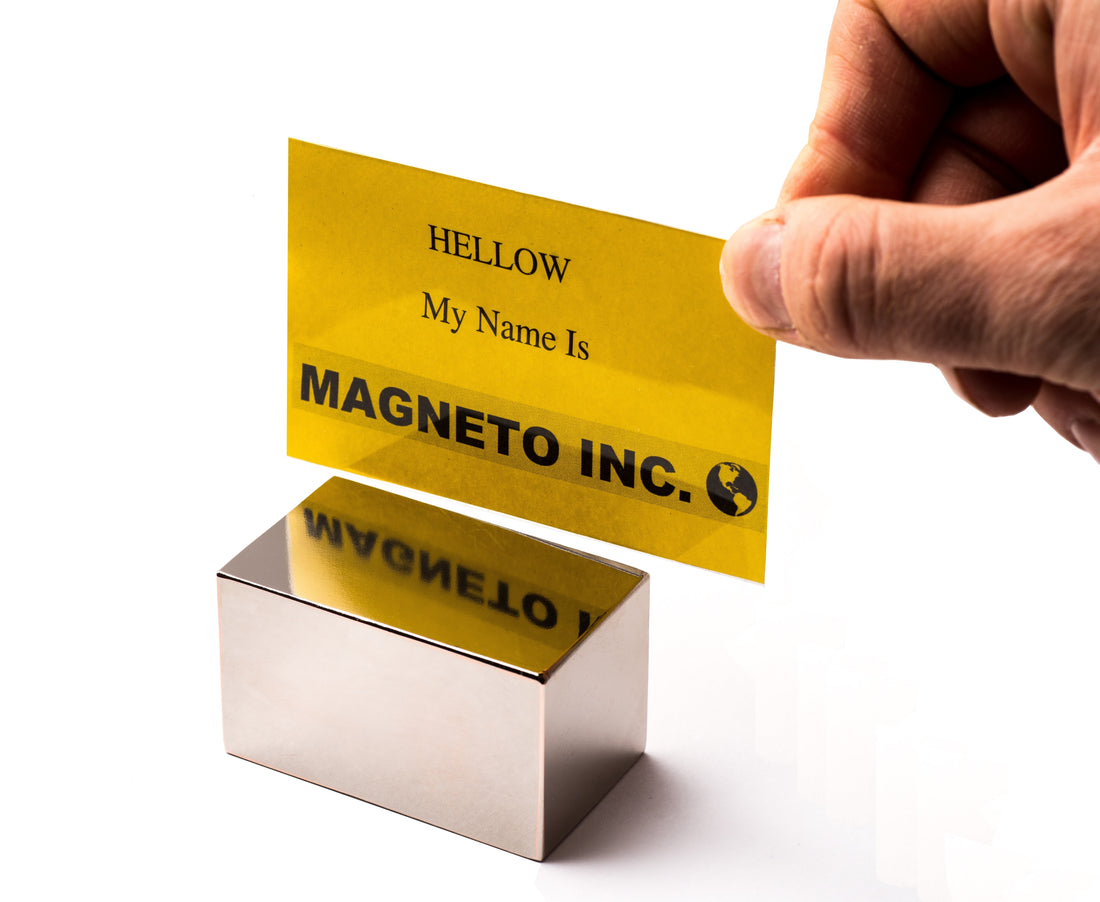Neodymium magnets, also known as NdFeB magnets (neodymium-iron-boron), are among the strongest permanent magnets available in the modern world. Their outstanding magnetic strength and wide range of applications make them an indispensable part of our everyday lives. In this article, we will explore the process of producing neodymium magnets, starting from raw materials and ending with finished products, and learn where they can be found in various fields.
1. Raw Materials for Neodymium Magnets
The production process of neodymium magnets begins with the extraction of neodymium, iron, and boron. These three elements form the basis of the alloy that possesses unique magnetic properties.
Neodymium Extraction: Rare earth minerals like monazite and bastnäsite, which contain neodymium, are the primary sources of neodymium. After extraction, neodymium is separated and subjected to purification processes.
Iron and Boron: Iron, typically in the form of powder, is mixed with boron and neodymium to create the initial alloy.
2. Raw Material Preparation
The alloy mixture containing neodymium, iron, and boron needs to be transformed into a form that can be used to manufacture magnets.
Alloy Melting: The alloy mixture is melted at extremely high temperatures, usually above 1300 degrees Celsius. This allows the elements to blend evenly.
Granulation: After melting, the alloy material is granulated. The granules have a fine size and high surface activity.
3. Processing and Magnetic Orientation
To impart magnetic properties to the alloy, it undergoes special processing.
Pressing: The granulated material is first pressed using hydraulic presses. This creates the initial forms of the magnets.
Sintering: The pressed components are then subjected to sintering in special furnaces at high temperatures. This process is called sintering, and it imparts magnetic properties to the magnets.
Magnetic Orientation: After sintering, the magnets undergo magnetic orientation to increase their magnetic strength. This process may involve exposure to a magnetic field and additional heat treatment.
4. Final Processing and Quality Control
After the magnets are created, they undergo further processing and quality testing.
Cutting and Grinding: The magnets are cut and ground to achieve the desired shapes and sizes.
Coating: Magnets may be coated with various materials, such as nickel, to protect against corrosion.
Quality Testing: All magnets undergo stringent quality control, including testing for magnetic strength, geometric parameters, and other characteristics.
5. Applications of Neodymium Magnets
Neodymium magnets find widespread use in various fields:
Electronics: Neodymium magnets are used in speakers and microphones in audio devices. They are also employed in various sensor devices and magnetic sensors.
Medical Technology: In the medical field, neodymium magnets are used in medical equipment such as Magnetic Resonance Imaging (MRI) machines for imaging internal organs and magnetic therapy devices for treating various medical conditions.
Automotive Industry: They find applications in electric vehicles, starters, and generators, as well as in stabilization systems and magnetic sensors.
Energy: In the production of alternative energy, such as wind turbines, neodymium magnets are used in generators to convert mechanical energy into electrical energy.
Information Technology: Hard drives and magnetic disks in computers utilize neodymium magnets for data storage.
Aviation and Space: In the aerospace industry, they are used in magnetic momentum control systems and other devices.
Mechanical and Engineering: In mechanical engineering, neodymium magnets are used to create strong and compact magnetic clamps, lifting magnets, and magnetic grippers.
Environmental and Recycling: In recycling metal scrap and waste, neodymium magnets can be used to extract metallic materials.
Electronic Games and Puzzles: They are also employed in the entertainment industry for creating games and puzzles.
Energy-Efficient Devices: In household appliances such as energy-efficient light bulbs and motors, neodymium magnets help increase device efficiency.
Neodymium magnets are an integral part of modern technology and industry, and their production involves a complex and technical process. However, thanks to this process, we have access to powerful magnets that significantly enhance our daily lives and technological achievements.
The production of neodymium magnets is a fascinating process that combines chemistry, physics, and technical skills, and it continues to evolve, opening up new possibilities for magnetic technology in the future.
Conclusion
Neodymium magnets are a critical element of contemporary technology and industry. The process of their production requires advanced technological methods and materials, but the result is powerful magnets that are applied in various spheres of our lives. These magnets continue to evolve and find new applications, making them key components of the modern world.
